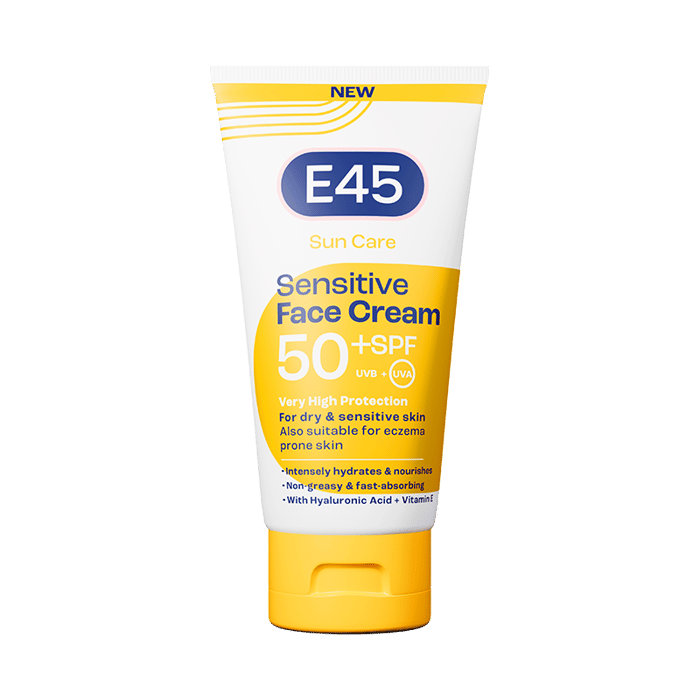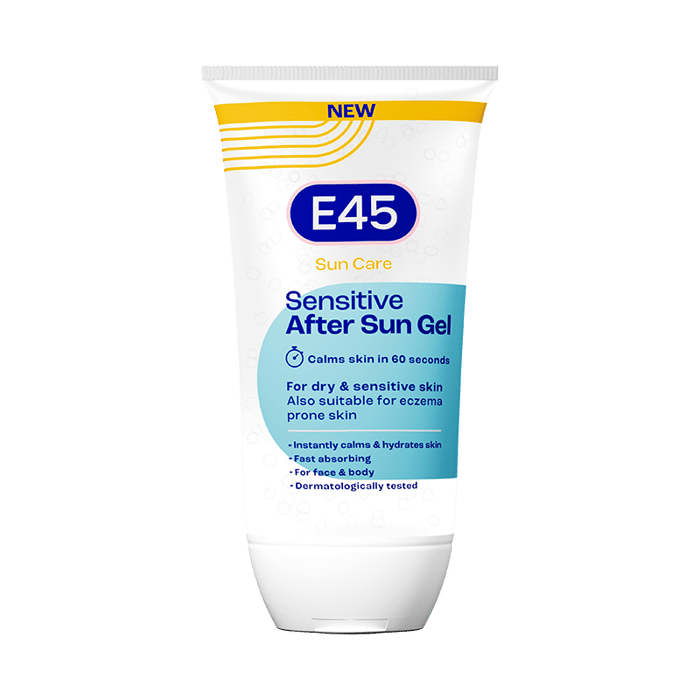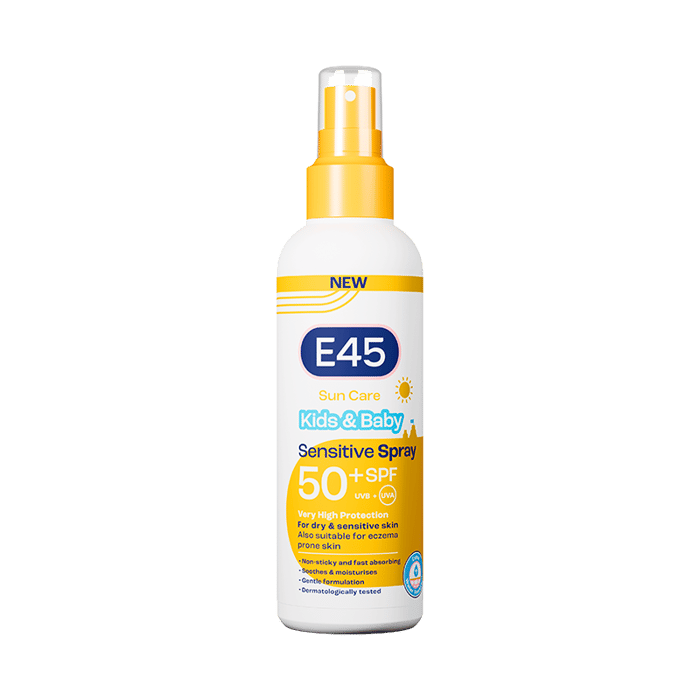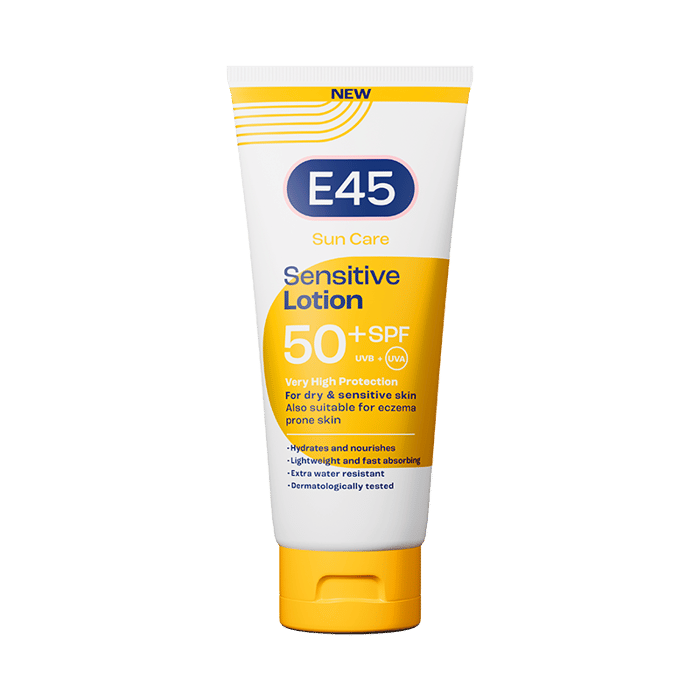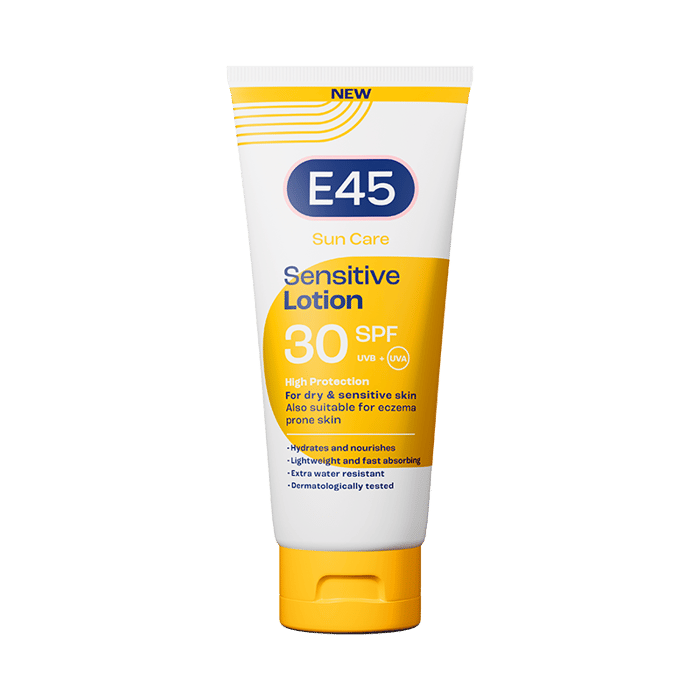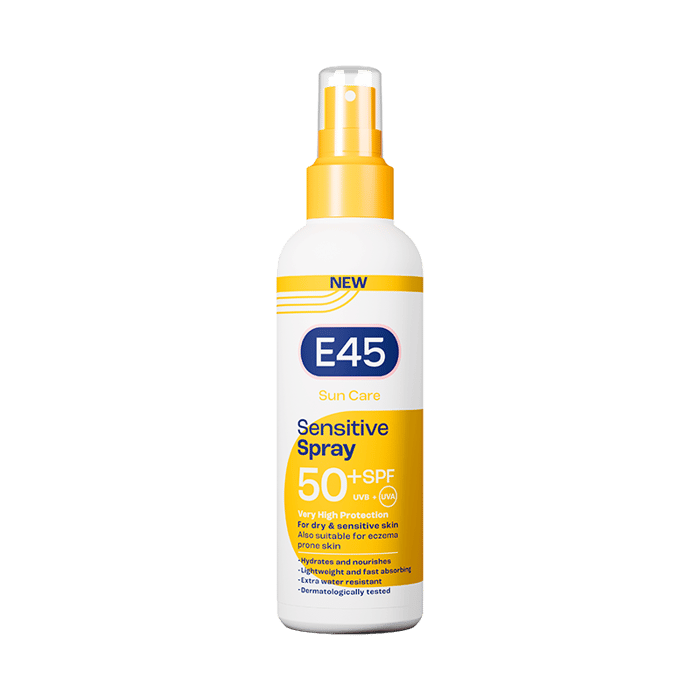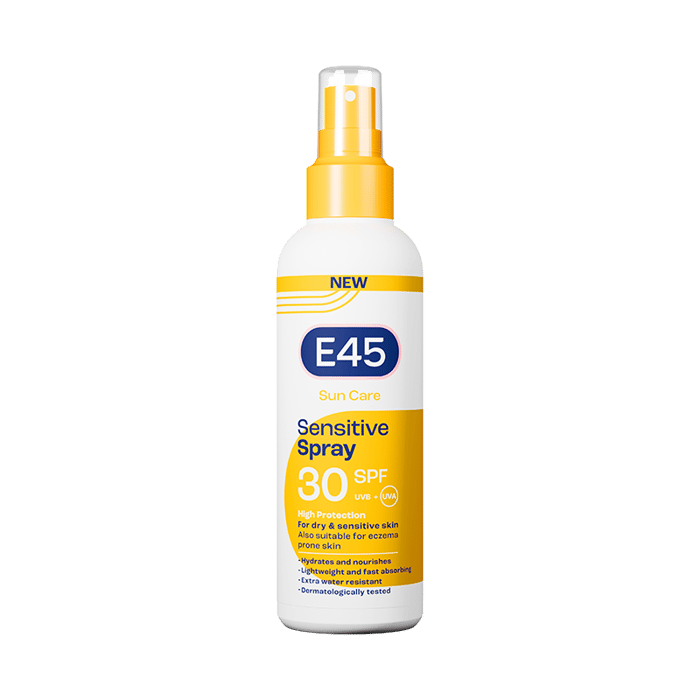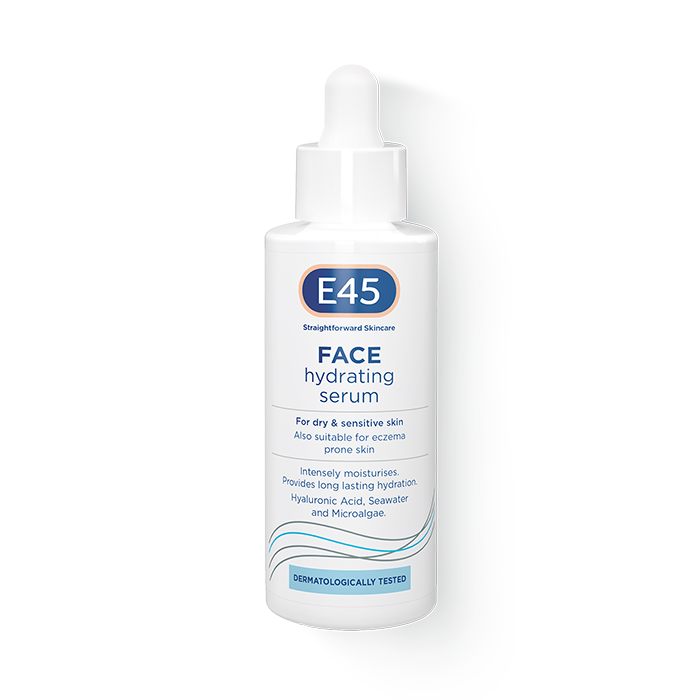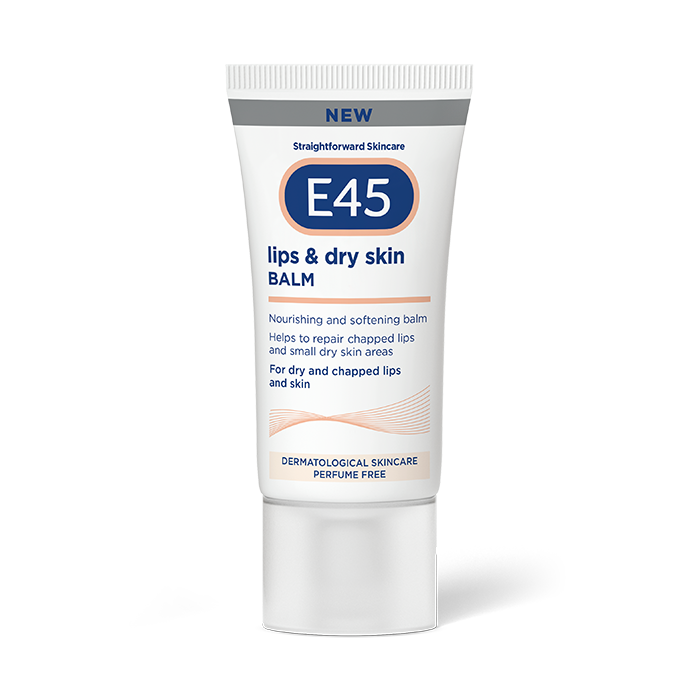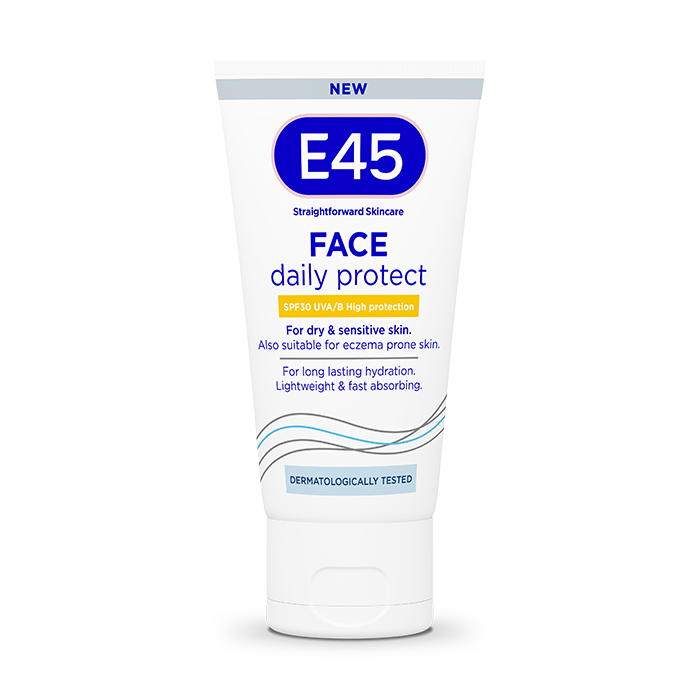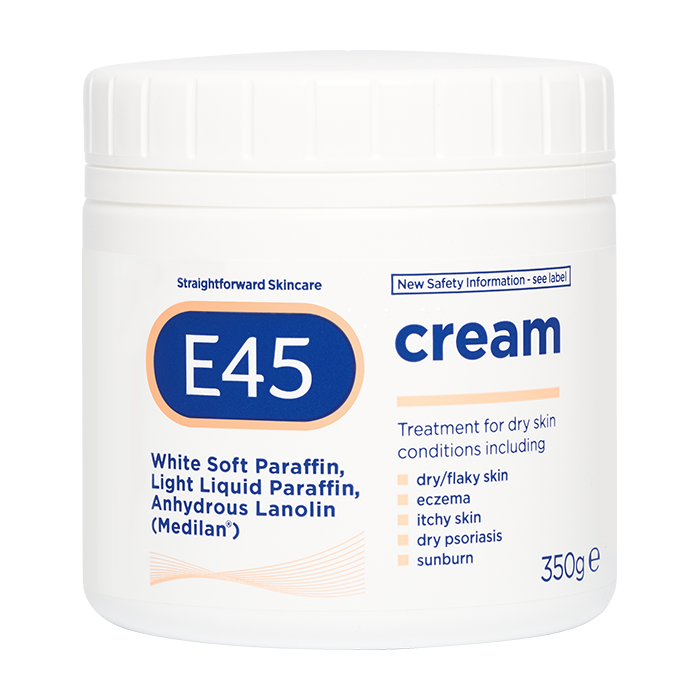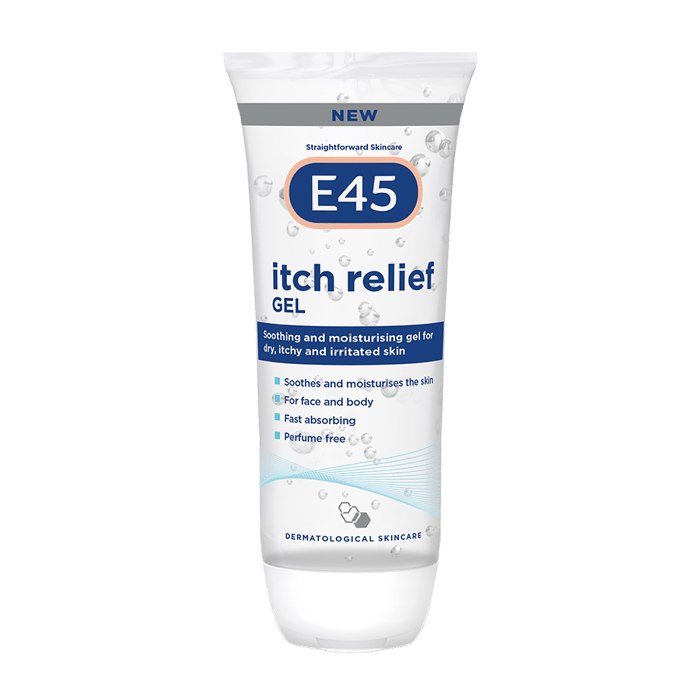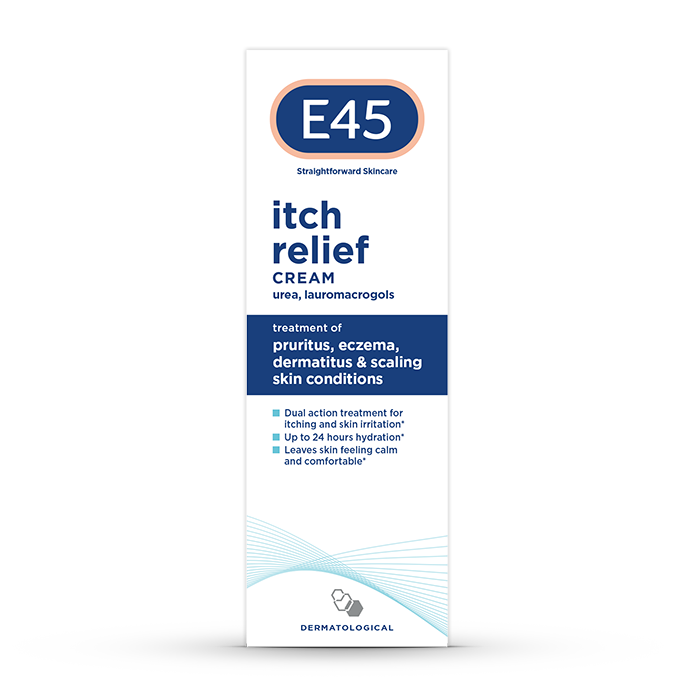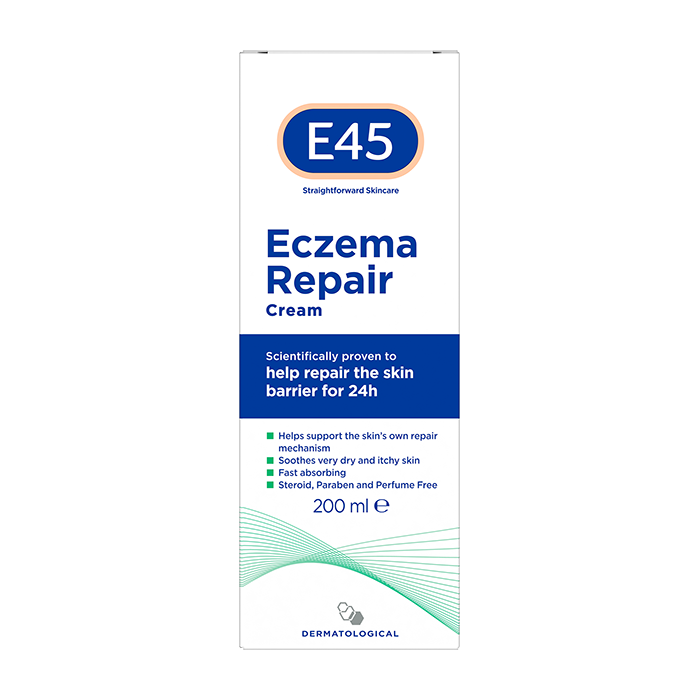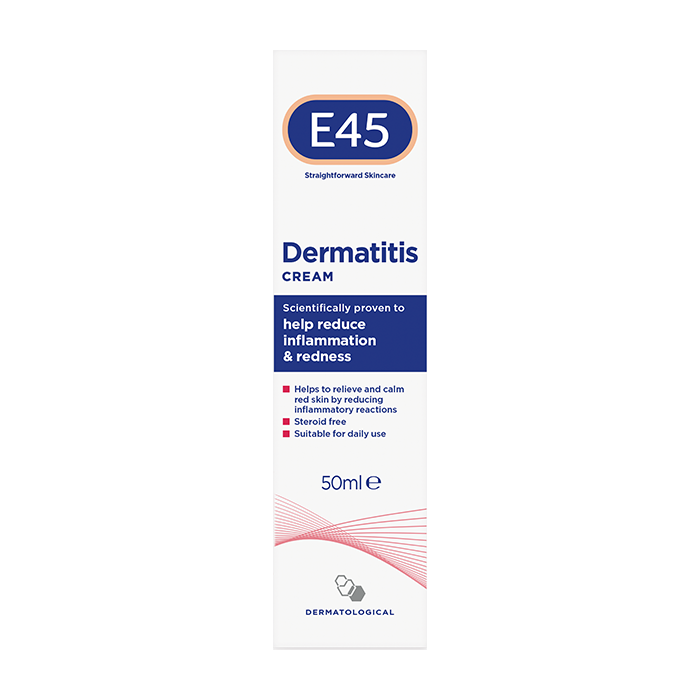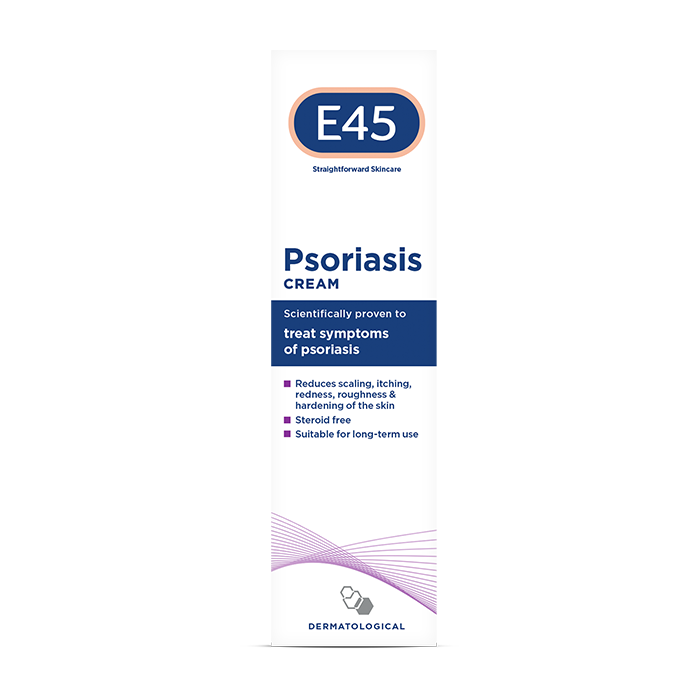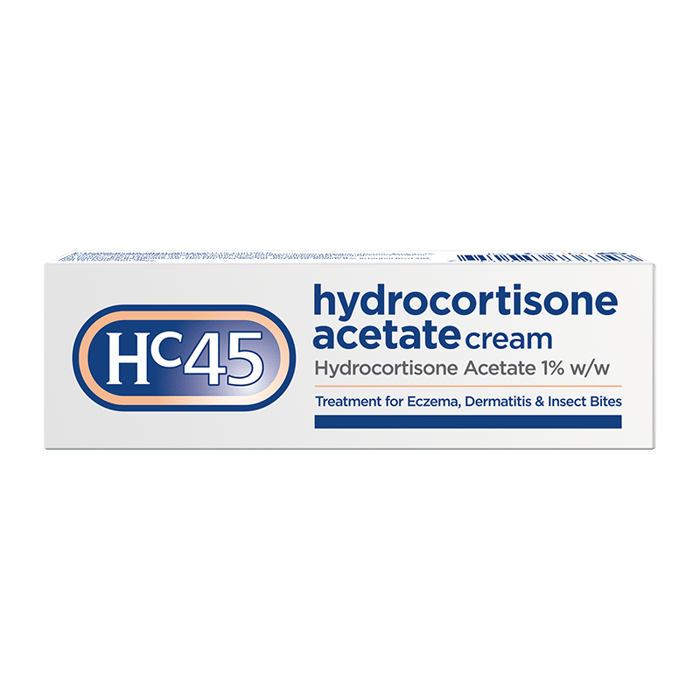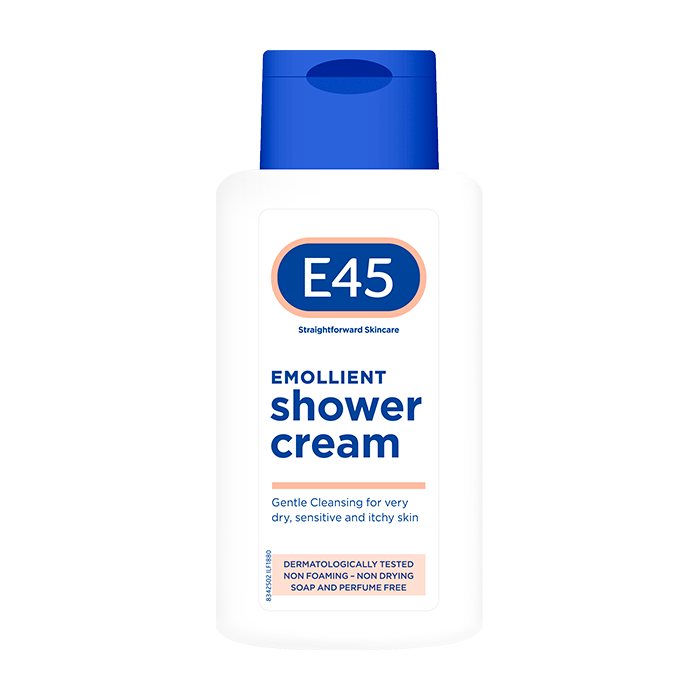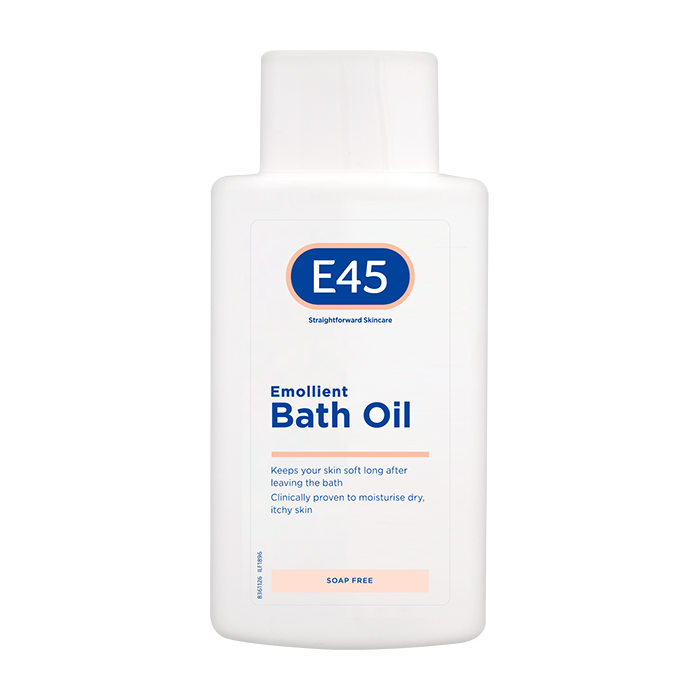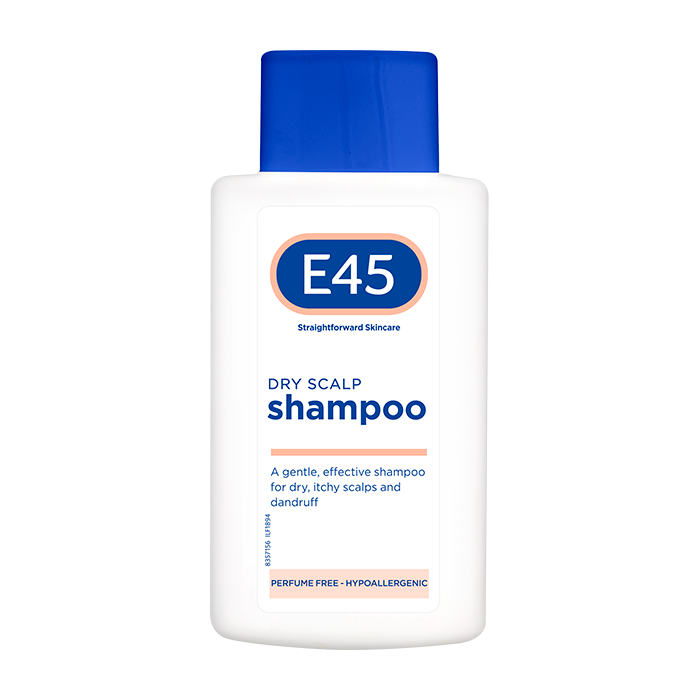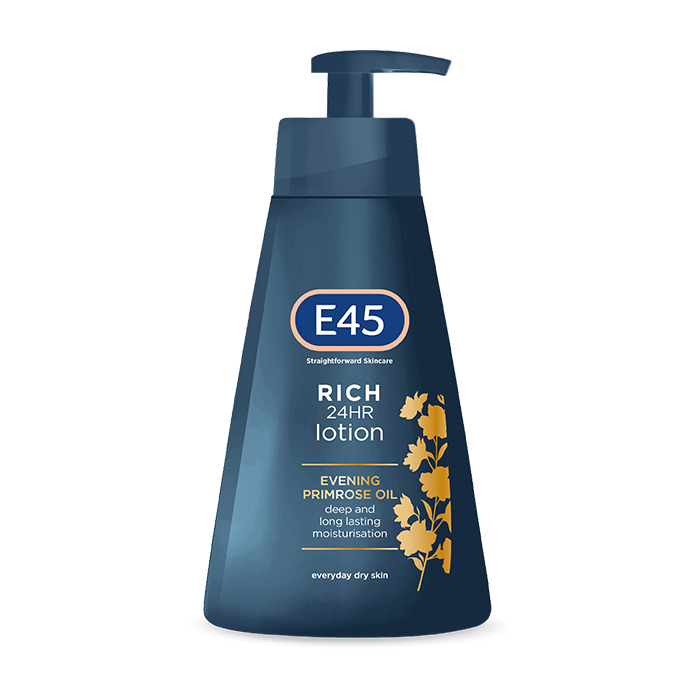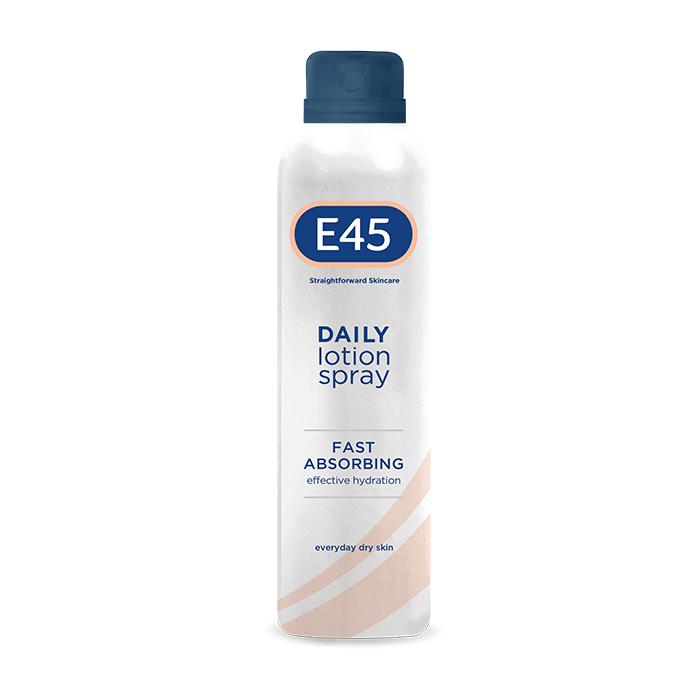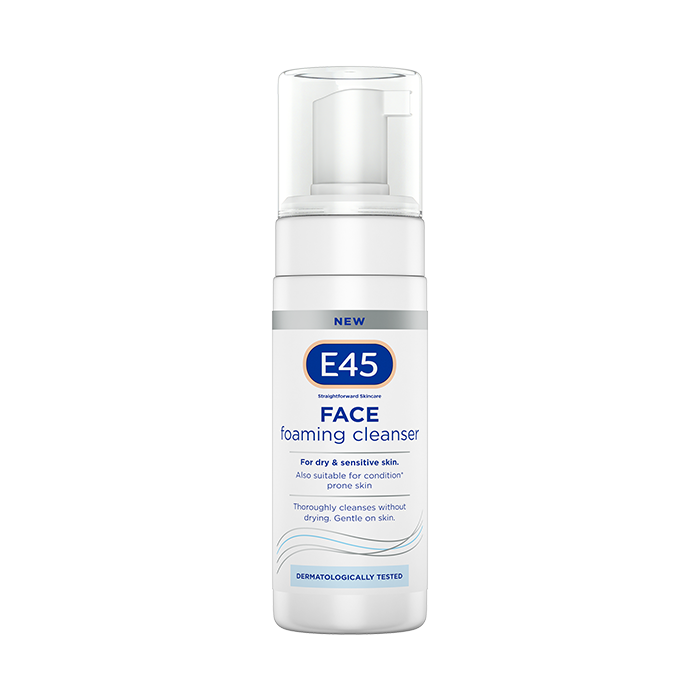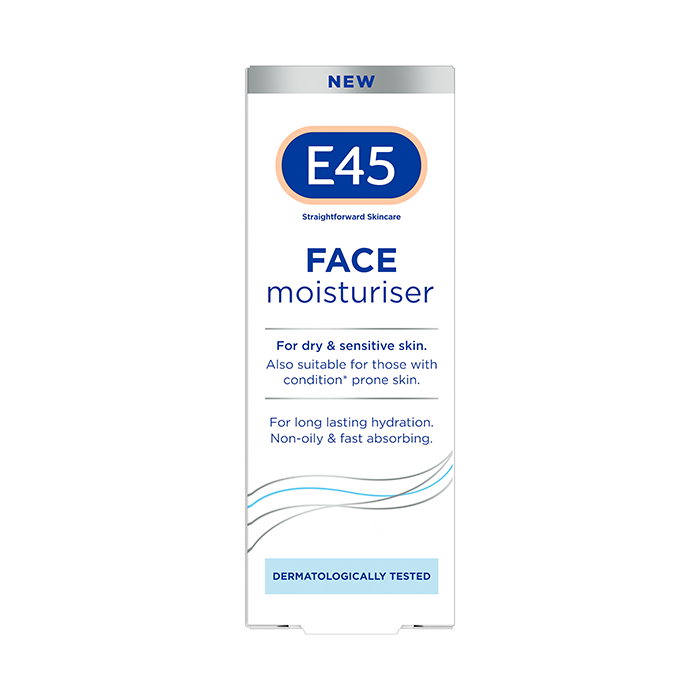Sunburn: Symptoms, risks, treatment and more
Sunburn occurs when the skin is exposed to the sun’s ultraviolet (UV) rays for an extended period, causing damage to the skin cells. It’s not just a temporary skin irritation – it’s a clear sign that your skin has been harmed by UV radiation, raising the risk for future skin issues, including skin cancer.
Symptoms of sunburn
Sunburn symptoms vary from mild to severe, depending on the skin’s exposure to UV rays. Common signs include:
- Redness and warmth: The skin turns red and feels hot to the touch.
- Swelling and tenderness: Affected areas may swell and become sensitive.
- Blisters: In severe cases, blisters can form, indicating a second-degree sunburn.
- Peeling: As the skin heals, peeling often occurs, especially in areas like the face.
Common sunburnt areas
- Sunburnt lips: Lips are particularly vulnerable to sunburn. If you notice your lips are burnt, it’s essential to hydrate and protect them.
- Sunburnt scalp: Often overlooked, the scalp can burn, especially in people with thinning hair.
- Sunburnt face: The face is frequently exposed to the sun, making it a common area for sunburn.
- Sunburnt ears: The ears, particularly the tops, are prone to sunburn due to their exposure and the thinness of skin in that area.
- Sunburnt hands: Hands are constantly exposed to the sun, but often neglected when applying sun cream.
- Sunburnt shoulders: Shoulders are often exposed and so are highly susceptible to sunburn.
Treating sunburn: Remedies and professional care
Treating sunburn effectively is essential to alleviate discomfort and prevent further skin damage. The best way to treat sunburn is to prevent it. Always use sun cream with an appropriate SPF, wear protective clothing and limit your sun exposure during peak hours. If you’re unsure about the best sun protection for you, check out our Sun Safety guide. Here are some strategies for home remedies when you have sunburn and advice on when to seek professional care.
Home remedies:
- Cool baths or showers: Start by gently cooling the skin with a lukewarm bath or shower. Avoid using harsh soaps, which can irritate the skin further.
- Aloe vera: A natural soothing agent, an aloe vera gel can be applied to the sunburnt skin to provide relief.
- Moisturise: After cooling the skin, apply a fragrance-free moisturiser to help trap water in the skin, aiding the healing process.
- Wear loose clothing: To avoid further irritation, wear loose, soft clothing that doesn’t rub against the sunburnt skin.
- Cold compresses: Apply cold compresses to the skin for immediate relief. This can be as simple as a towel dampened with cool water.
- Over-the-counter pain relief: For pain and swelling, over-the-counter pain relievers like ibuprofen or paracetamol can be helpful.
When to seek professional care for sunburn:
- Severe burns: If you have extensive blisters, severe pain or systemic symptoms like fever or chills, it’s important to see a healthcare provider.
- Infection signs: Watch for signs of infection like increasing pain, redness, swelling or pus in the blisters. If you notice any of these signs, consult a doctor.
- Large blisters: Small blisters can be managed at home, but large or extensive blisters may need medical attention.
How long does sunburn last?
A mild sunburn often heals within three to five days. However, it varies depending on the severity of the burn and other circumstances. For more severe burns, it can take up to several weeks. For severe sunburns, you may need to seek medical care to help your skin heal.
Factors affecting healing time:
- Skin type: Some skin types can recover faster than others.
- Age: Younger skin tends to heal quicker than older skin.
- Overall health: Your general health and hydration levels can impact healing.
- Sunburn severity: The more severe the sunburn, the longer the healing process.
- Care quality: How well you care for your sunburn can significantly affect healing time. Moisturising, staying hydrated and avoiding further sun exposure is key.
Persistent redness:
In some rare cases, redness might persist for a prolonged period. This could be indicative of a deeper skin injury or a different skin condition. If you experience sunburn that’s still red after two months, seek medical advice.
Sunburn severity
Sunburn can vary in severity. Recognising the different levels of sunburn severity is important to determine the appropriate response and treatment.
First-degree burn:
Characteristics: This is the mildest form, where only the outermost layer of the skin is affected. It typically involves redness, mild pain and skin that feels hot to the touch.
Symptoms: Common symptoms include skin redness and slight tenderness upon touching the affected area.
Second-degree burn:
Characteristics: More severe than the first degree, second-degree sunburn affects deeper layers of the skin. It can cause swelling and blistering, indicating more significant damage.
Symptoms: Look for red, swollen skin and blisters. These sunburns are often more painful and might take longer to heal. (source)
Skin cancer and sunburn
It’s important to be aware of the established connection between sunburn and skin cancer, particularly melanoma. The risk of melanoma cancer doubles if you’ve had five or more sunburns, which is why it’s so important to know the connection between sunburn and cancer. (source)
Research has shown that getting sunburn increases the risk of developing skin cancer. This is because the UV radiation from the sun damages the DNA in skin cells, which can lead to mutations and, eventually, cancer. It’s not just single instances of severe sunburn that are concerning; cumulative sun exposure and repeated burns also significantly increase the risk of skin cancer. (Savoye et al., 2017)
Melanoma is a serious form of skin cancer that arises in the pigment-producing cells of the skin. It’s less common than other skin cancers, but much more dangerous if not caught early. (source)
Preventive measures:
Sun protection: Using a broad-spectrum sun cream, wearing protective clothing and seeking shade are effective ways to reduce the risk of sunburn, as well as skin cancer. (Knight, 2011) To find out more about protecting your skin in the sun, read our Sun Safety guide.
Regular skin checks: Regularly examining your skin for new moles or changes in existing moles is crucial. Look for changes in size, shape or colour, and consult a healthcare professional if you notice anything suspicious.
Seeking information:
For more in-depth information regarding the connection between sunburn and skin cancer, including melanoma, consider visiting the websites of organisations such as The Skin Cancer Foundation, Melanoma UK, Cancer Research UK or Macmillan Cancer Support.
Additionally, if you have concerns about a specific mole or changes in your skin, it’s important to seek professional medical advice. A dermatologist or GP can provide tailored advice and conduct thorough skin examinations.
Conclusion
Understanding sunburn, from its symptoms and levels of severity to effective treatment methods, is key for maintaining healthy skin. Adequate protection against UV rays, timely treatment of sunburn and staying informed about the risks associated with prolonged sun exposure are key steps in order to stay protected. When it comes to treating sunburn, while home remedies can provide relief, professional medical advice may be required for more severe cases. It’s a good idea to be vigilant about your skin health and make sun safety a priority in your daily life. For more information about skin care and sun protection, explore our other articles and resources.
FAQ: Sunburn
How do you heal sunburn fast?
To heal a sunburn quickly, start by cooling the skin with a damp cloth or a cool bath. Apply aloe vera or a moisturising lotion to soothe the skin. Stay hydrated, avoid further sun exposure and wear loose clothing. Over-the-counter pain relievers can also help reduce discomfort.
What is the cure for sunburn?
There is no immediate cure for sunburn, but you can alleviate symptoms and promote healing. Use cool compresses, aloe vera and moisturisers. Be sure to protect the sunburned area from further UV exposure and in cases of severe sunburn, seek professional treatment.
How do you treat sunburn?
After getting a sunburn, treat the skin by applying cool compresses, moisturising with aloe vera or a fragrance-free lotion and drinking plenty of water. If needed, take over-the-counter pain relievers. Keep the skin protected from further sun exposure until it fully heals.
What are the three stages of sunburn?
The three stages of sunburn are:
Redness and irritation: The skin turns red and feels sore or tender, typically appearing within a few hours of sun exposure.
Peeling: After a few days, the outer layers of the damaged skin may start to peel, as the body sheds dead skin cells.
Healing: The skin gradually heals, which can take several days to weeks depending on the severity of the burn. During this stage, it’s important to continue protecting and moisturising the skin.


